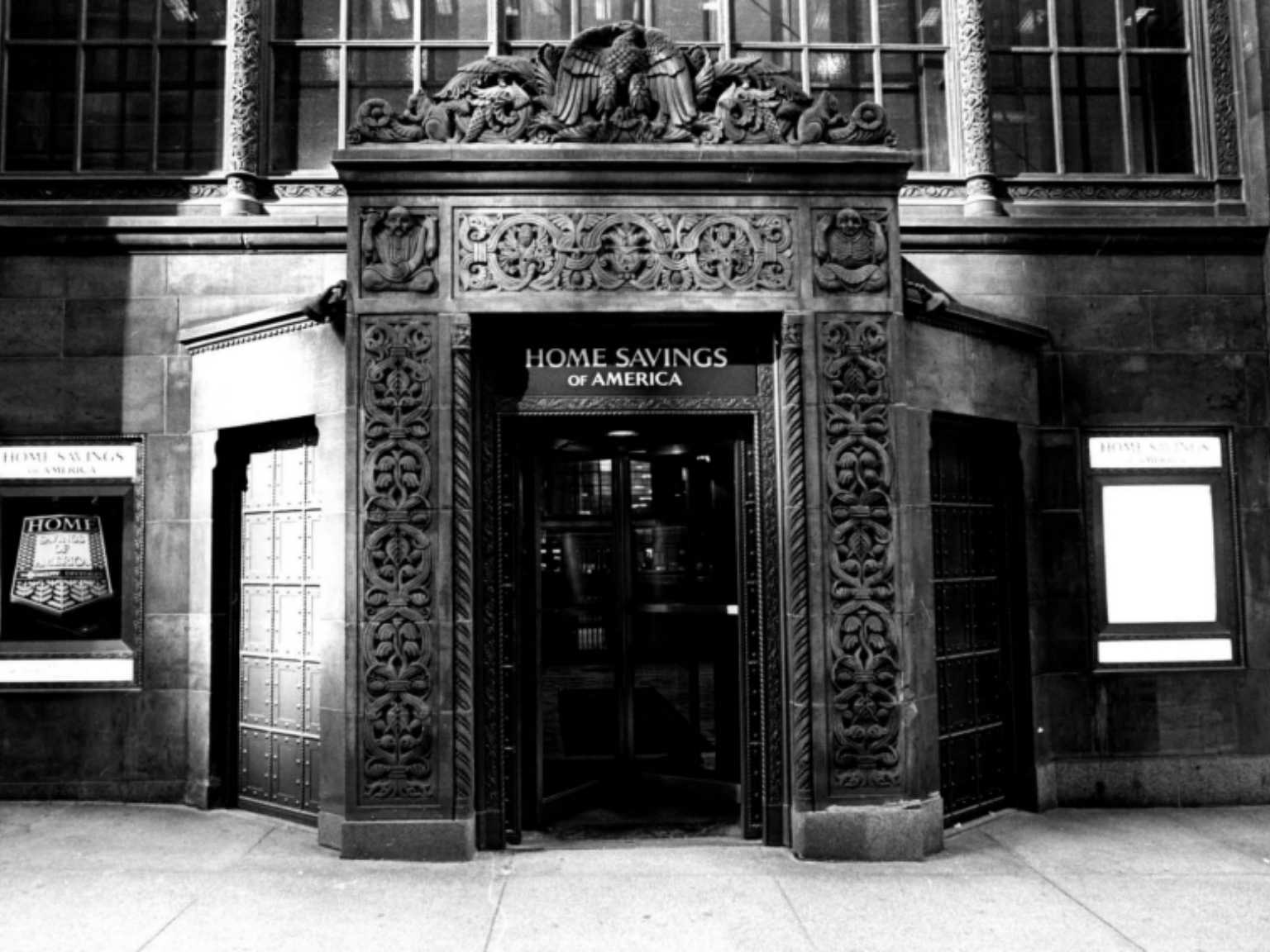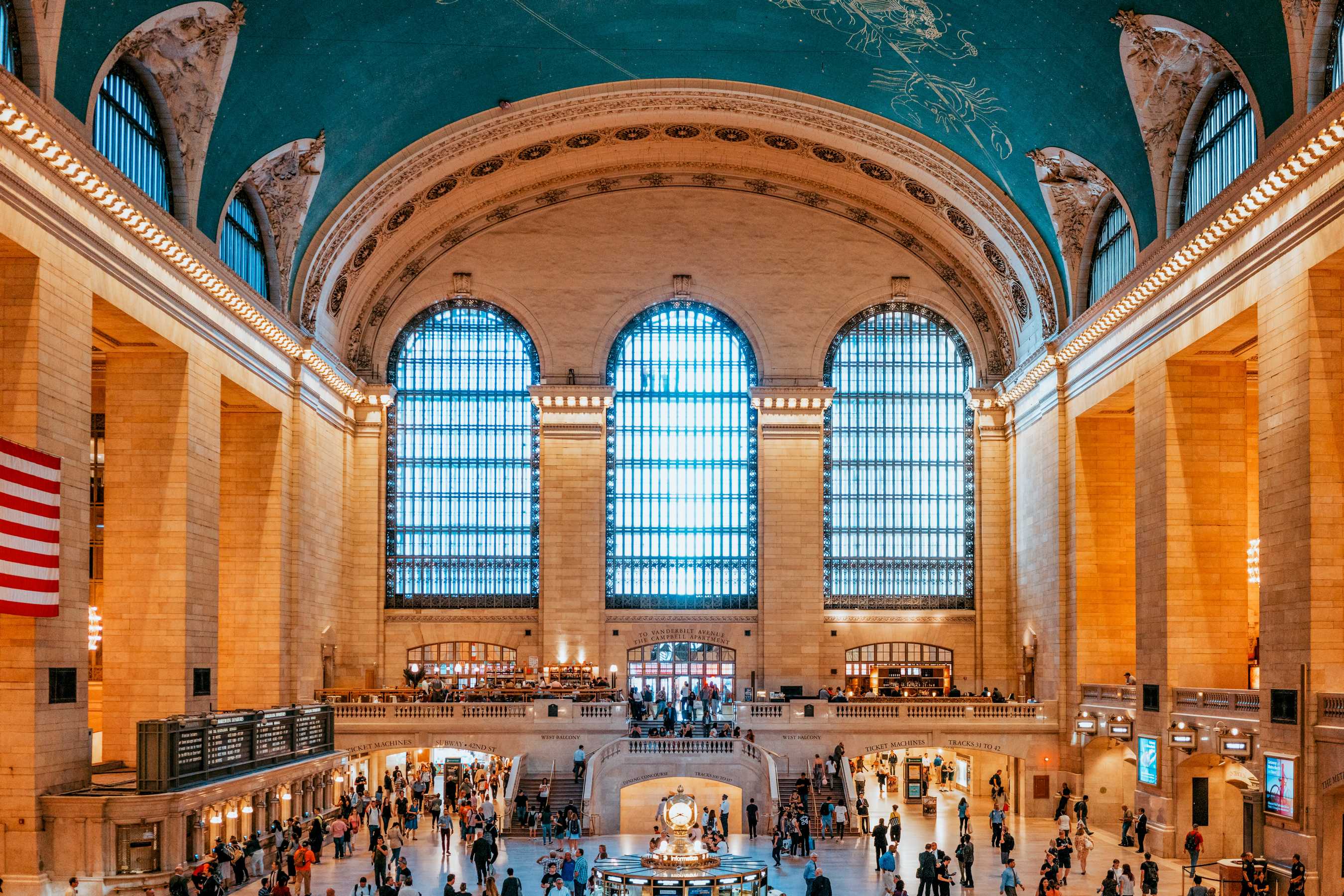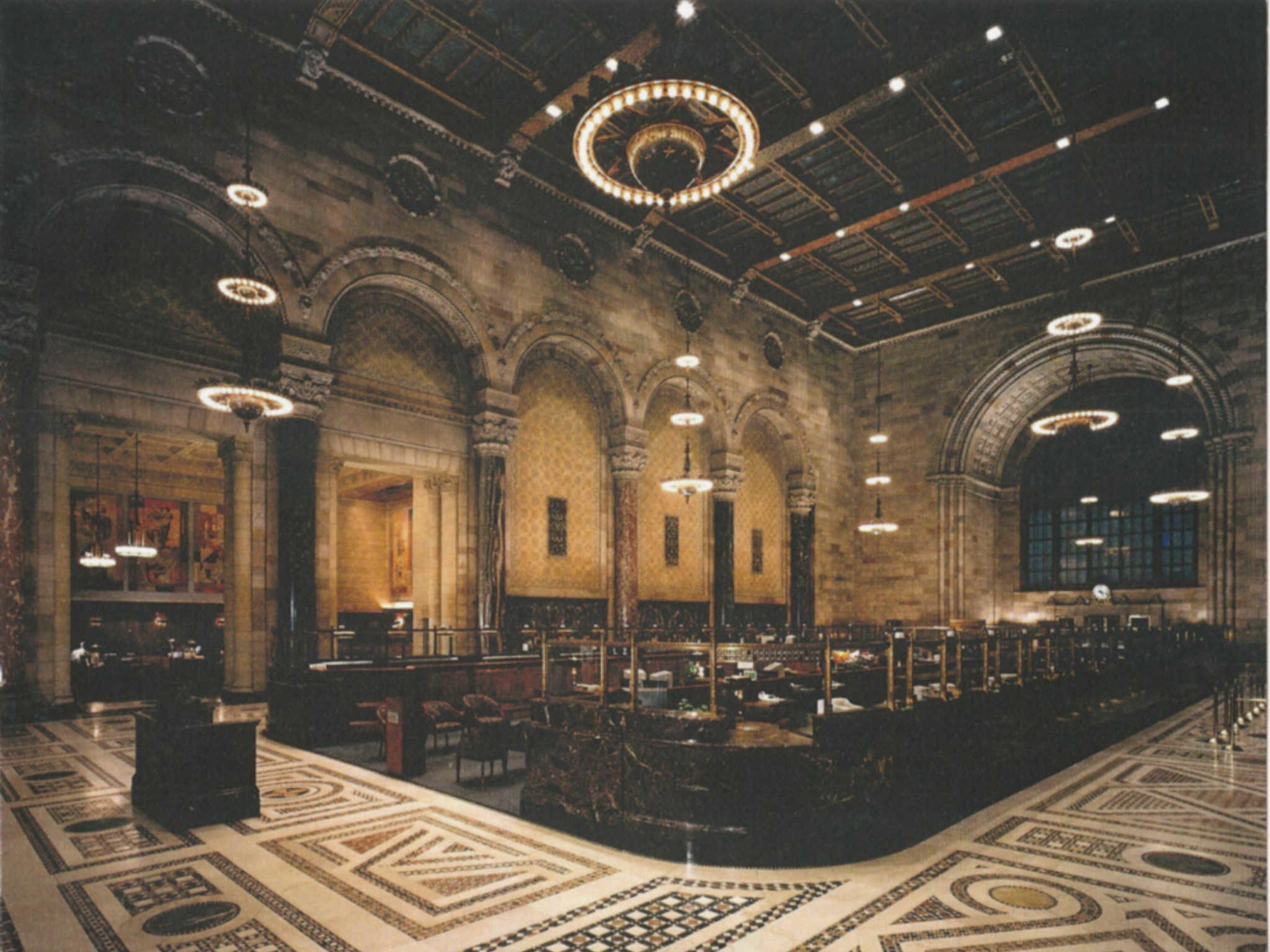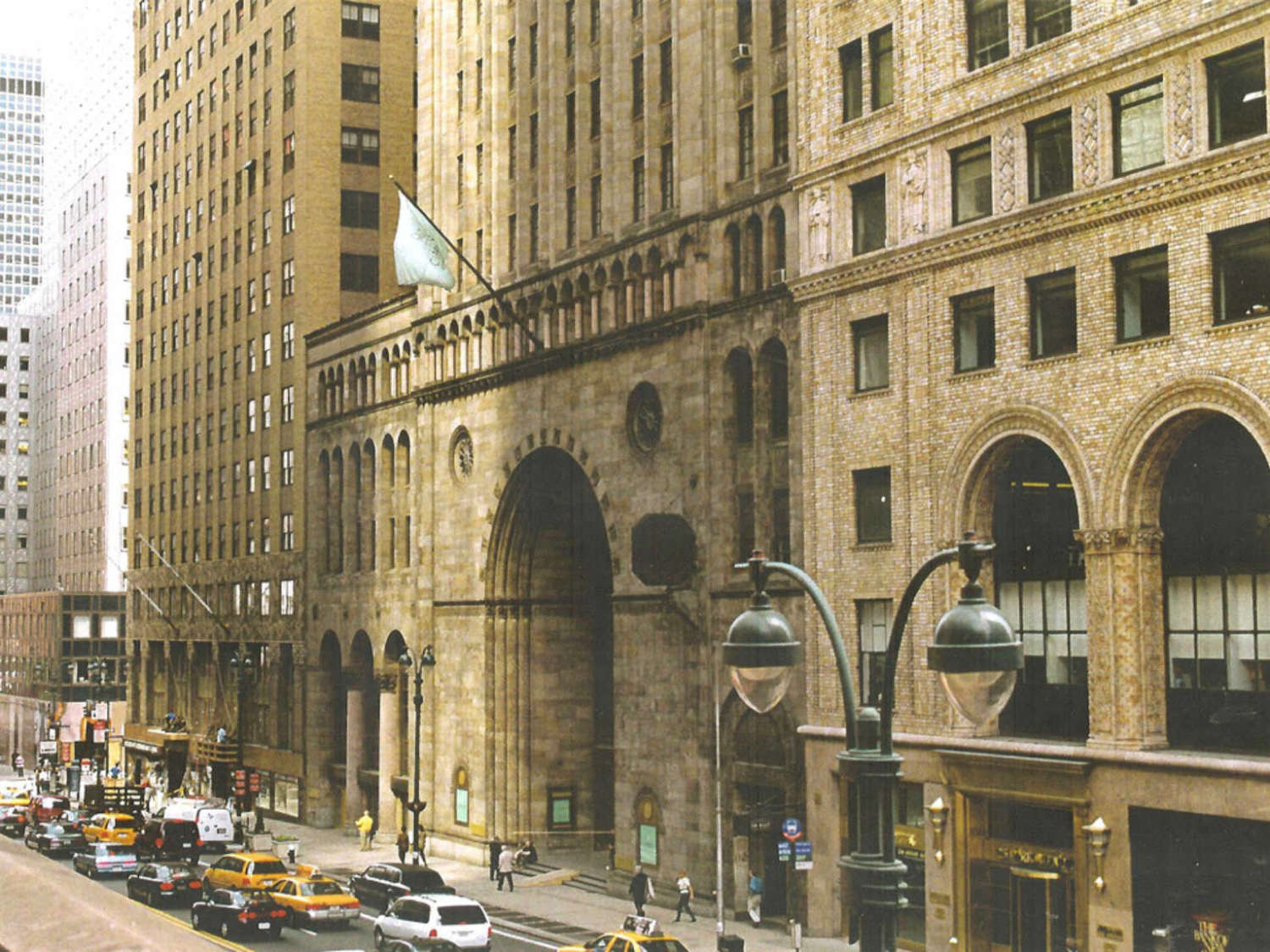New York in the 20th century is endlessly fascinating on a number of fronts, but perhaps none more so than from the perspective of architecture. It was a century of rapid change, now evidenced by the swing from historical revival styles in the beginning of the century, to soaring ultra-modern skyscrapers at the end. Naturally, we’re curious to learn all about the intermediate stylistic developments between the two extremes, so we sat down with professor, author, and Context Guide Louis Mazzari to gather his notes about the Bowery Savings Bank on 110 E 42nd street, across the street from Grand Central Station:

You could pass it a hundred times with barely a passing glance over the stern Italianate façade or the mysterious gargoyles crawling across its receding Romanesque arches. But the Bowery Savings Bank, located between Park and Lexington Avenues, is spectacular evidence of Manhattan’s rich layering and successions of history, culture, and drama.
In the beginning of the century, New York City was already in a frenzy of activity, creating grand and muscular projects like the New York Public Library, the Metropolitan Museum of Art, Grant’s Tomb, and Pennsylvania Stations. The Brooklyn Bridge had leapt across the East River. Ellis Island and the Statue of Liberty welcomed the world from New York Harbor. The city itself was growing northward from the tip of Manhattan, and midtown had begun to grow around the center of gravity that was Grand Central Station.

Downtown on Wall Street, the Bowery Savings Bank (est. 1830) prospered with the growth of the city. At the end of the 19th century, to mark that prosperity—as if to crown the financial district—the bank hired Stanford White to design a classical Roman temple in lower Manhattan. A few years later, after the end of WWI, New York had transcended London as the world’s economic capital for the first time. In 1920, the bank moved its headquarters to burgeoning midtown. Edward Palmer York and Philip Sawyer were commissioned for the grand architectural project that a few years later became a physical marker of the city’s ascension.
The Bowery Savings Bank was not just a place to make a deposit—it was a theatre of capital. Appointed and lit as dramatically as any show on Broadway a few blocks west, the Bank became a stage for performances of wealth and style. (Perhaps fittingly, the building is now given over entirely to entertainment. For the last twenty years, the Cipriani restaurant and catering company has hosted dinners and private events in the grand hall of the bank’s lobby).

On occasions when no private event is underway, climb a few stairs from 42nd Street and pass under the Bank’s great Romanesque archway to find yourself in the nave of what could pass for a Renaissance basilica. Two hundred feet long and lined with marble columns, the princely bank seems designed for the Medici, the bankers who financed and led Renaissance Florence. Wrought-iron teller windows are almost the only markers of the building’s financial function—all other architecture and décor is fully ecclesiastical in spirit and style, though it lacks any specific Catholic iconography.
Adjacent to the bank is a unique architectural bonus—the city’s most handsome subway entrance, a 1930s addition to the building. Embellished with brass columns supporting the cross-hatched ceiling of a chapel room that is Renaissance in structure but Art Deco in style, it could pass as a portal into the Emerald City.
A few minutes’ walk in any direction will bring you to the Chrysler and Empire State Buildings, the Waldorf Astoria, the Plaza, and dozens of other skyscrapers. It’s a visual history of the legendary Roaring Twenties: the Art Deco Manhattan of Fitzgerald, Lindbergh, and Babe Ruth. The Bowery Savings Bank sits serenely at the center of it all, New York’s most beautiful embodiment of the city’s renaissance, ambition, and grandeur.
The best way to learn about the formation of Manhattan’s grand skyline is with Context Travel’s Architecture of New York tour, which explores the fascinating history behind the iconic buildings that line 42nd street.
Louis teaches at the City University of New York, after spending the past decade as an assistant professor of history and literature at Istanbul’s Bogazici University. He is the author of Southern Modernist, a biography of Depression-era, civil rights activist Arthur Raper (LSU Press), and has published various articles and essays, including “Common Sense on the Lower East Side” in Remembering and Remaking Thomas Paine (Taylor & Francis). Explore New York with Context on a private or semi-private tour with Louis.













